State of Velvia 50 Simulation
Yes I know I haven’t posted for a while but it’s been busy (see http://onlandscape.co.uk) however some things are better left off On Landscape and some of these are either unfinished ideas, stuff I’ve just knocked up quickly or rants – although the odd rant may appear occasionally within On Landscape when I can’t help myself.
This post is a quick test to see what the current state of Velvia 50 simulation is, prompted by the possible/probable discontinuation mentioned in a press release from Fujifilm Professional UK (see here for a petition to save it – probably useless but you never know – even if you aren’t a film fan/photographer, please sign it if you like David Ward’s, Joe Cornish’s* and possibly my work).
I took a photograph I shot a few years ago in Kintail and ran it through DxO Film Pack 3 and Alien Skin Exposure 4 and also did a custom job myself using the velvia transparency as an original.
Here are the results.
The DxO and Exposure results are pretty crap and I had to turn the saturation on them right down to get them in the same ballpark as the Velvia 50 scan where I had to actually turn the saturation up on my drum scan. My custom conversion had to refer to the original but even then it’s off by quite a way – I just couldn’t get the separation in the greens I would have liked. The overall effect <strong>isn’t one that I really like</strong> (see below for my reason for film/lf).
My own conversion was better than the automatic ones and this was done by an overall contrast boost and then manually hue shifting yellows and yellowy greens towards orange and increasing the saturation of them and hue shifting greens towards blue. I also desaturate the highlights a little and make the shadows slightly bluer.
I’d like to try this process on the D800 files and A900 files to see if the sensor allows a more convincing simulation. One for the next post (hopefully in less than a year’s time).
Oh – and here’s my reason for LF/film. There is nothing necessarily wrong with digital results if you find the colour of the digital files or simulations pleasing; if so then you’re in luck. I don’t find them as pleasing as Velvia for certain subjects and that’s one of the reasons I continue to use it. However, the other and probably bigger reason is that I get a lot of satisfaction out of using a large format camera. I would be more likely to move to digital if they had ipad retina style live view on a technical view camera that showed the full dynamic range of the subject than if they could simulate Velvia perfectly. So much so that I would probably move to black and white before I’d give up large format completely. My pleasure in photography is mostly in the taking of the picture, not necessarily the end result. Yes the end result is a fantastic conclusion but not absolutely necessary.
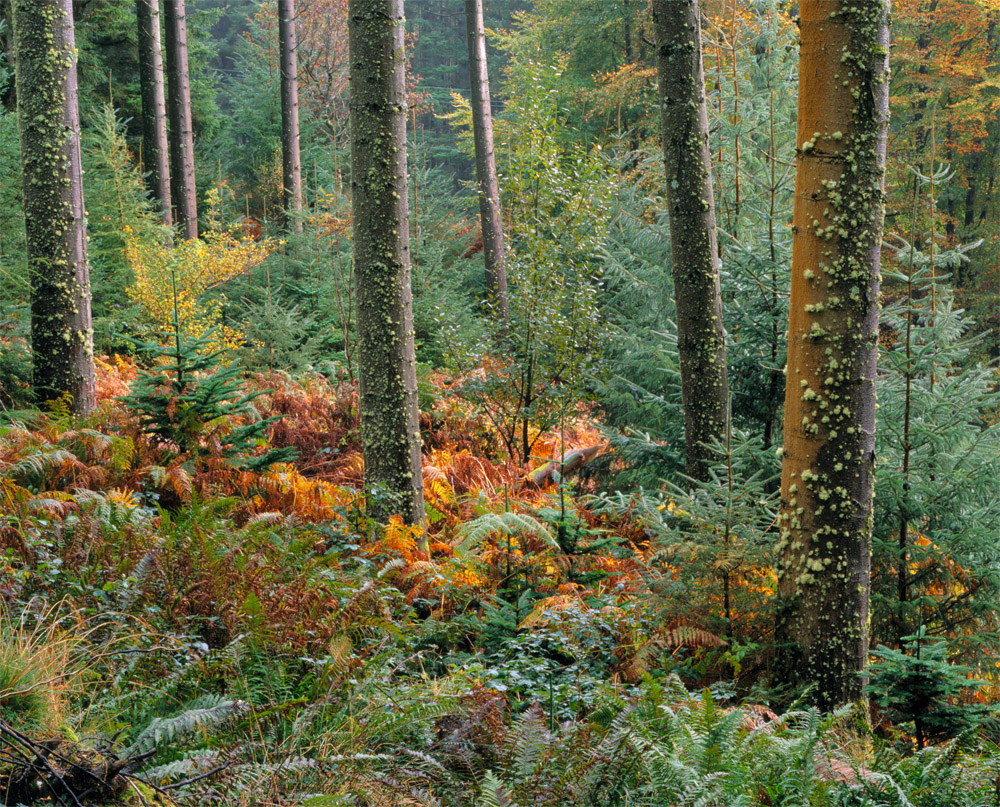

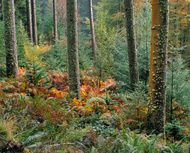
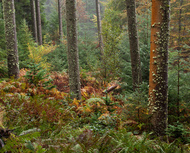
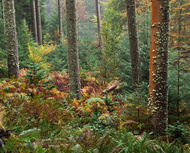
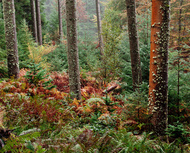
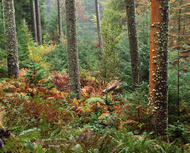
4 Responses to “State of Velvia 50 Simulation”